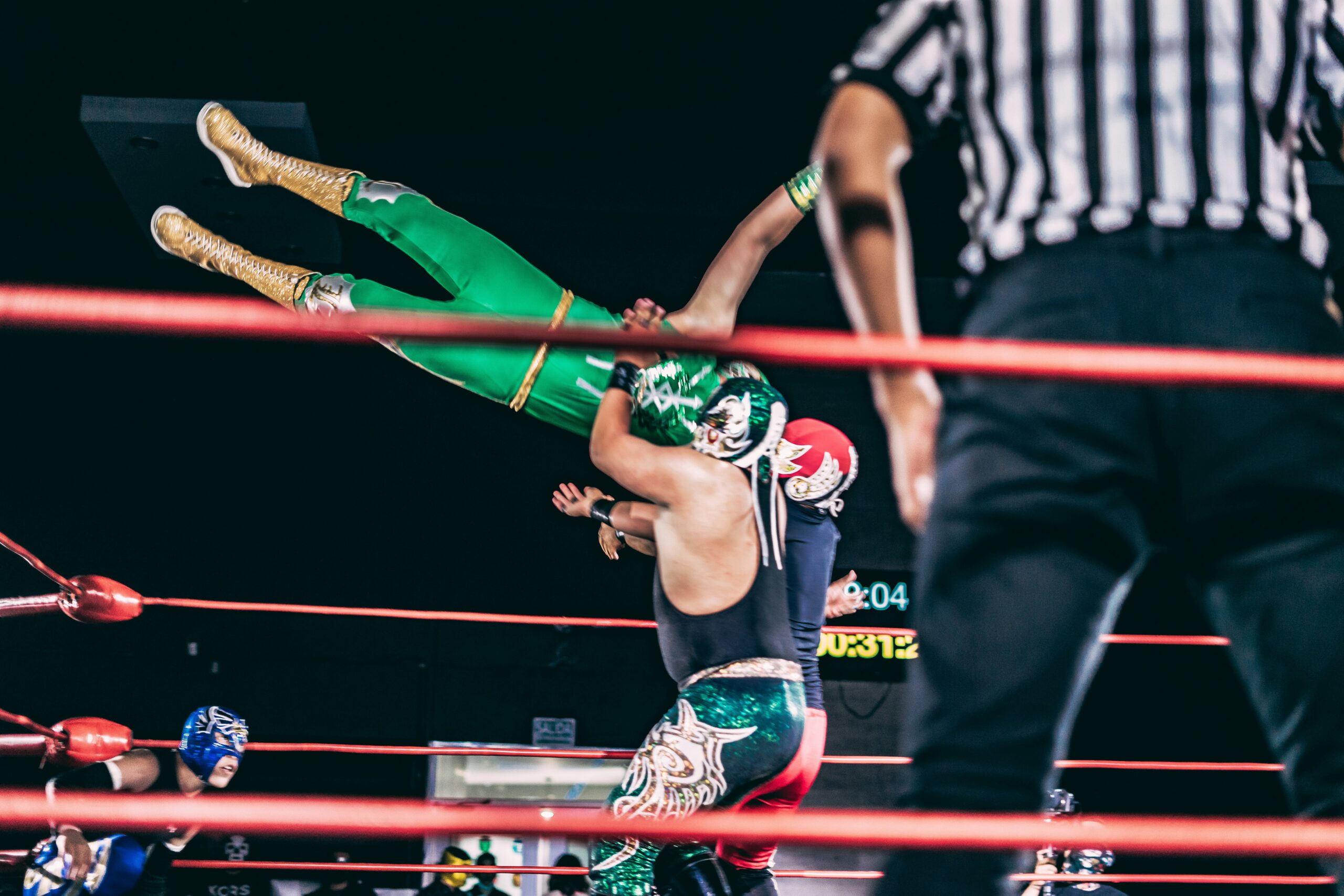Dive into the World of WWE Superstars, Stories, and Spectacle

A Brief History of WWE
World Wrestling Entertainment (WWE) is a globally recognized professional wrestling promotion known for its thrilling matches, larger-than-life characters, and captivating storylines. With a rich history spanning several decades, WWE has become a cultural phenomenon that has captured the hearts and minds of millions of fans around the world.
The Birth of WWE
Originally founded in 1952 by Jess McMahon and Toots Mondt as Capitol Wrestling Corporation (CWC), the promotion went through several transformations before becoming the WWE that we know today. In 1979, Vincent Kennedy McMahon, the son of Jess McMahon, purchased the company from his father and started to expand its reach beyond the traditional territorial wrestling promotions.
WWE’s Rise to Stardom
Under Vince McMahon’s leadership, WWE ventured into uncharted territory, taking professional wrestling to a whole new level. McMahon introduced a concept known as “sports entertainment,” combining athleticism, drama, and entertainment to create a unique form of sports entertainment that appealed to a wider audience.
WWE’s success can be attributed to the creation of iconic characters such as Hulk Hogan, The Rock, Stone Cold Steve Austin, and John Cena, among many others. These larger-than-life personalities captivated fans with their unique charisma and in-ring abilities, making WWE a household name.
The Attitude Era
In the late 1990s, WWE experienced a period of unprecedented popularity known as the “Attitude Era.” During this time, WWE pushed boundaries and challenged societal norms with edgier content, adult-oriented storylines, and controversial characters. This era featured intense rivalries, shocking moments, and memorable matches that pushed the envelope of what was acceptable on mainstream television.
The Attitude Era saw the rise of fan favorites such as Stone Cold Steve Austin, The Rock, Triple H, and Shawn Michaels. These superstars became cultural icons and played a pivotal role in the WWE’s surge in popularity.
Kickboxing: Is Glory the Right Combat Sport for You? Find out now!https://unikesh.com/kickboxing-is-glory-the-right-combat-sport-for-you-find-out-now/
The Reality Era and Women’s Revolution
In the early 2000s, WWE transitioned into the “Reality Era,” blurring the lines between fiction and reality. Superstars such as CM Punk and Daniel Bryan brought a sense of authenticity to their characters, resonating with the audience on a different level.
Another significant milestone in WWE’s history is the Women’s Revolution, which started in the mid-2010s. Women’s wrestling shed its sideshow image and rose to prominence, earning recognition as a platform for legitimate athletes and main-event stars. Superstars like Charlotte Flair, Becky Lynch, and Sasha Banks have helped break down barriers and redefine women’s wrestling in WWE.
WWE Today
Currently, WWE continues to dominate the professional wrestling industry, producing weekly television shows such as Raw and SmackDown as well as monthly pay-per-view events like WrestleMania and SummerSlam. The promotion has also expanded its horizons with the creation of NXT, a developmental brand that has gained a passionate following.
WWE is not just limited to in-ring action. The company has ventured into various forms of media, including movies, documentaries, and video games, further cementing its presence in popular culture.
Superstars & Showmanship: The Heart of WWE
In the squared circle of WWE, legends aren’t just larger-than-life figures enshrined in the Hall of Fame. They’re the very fabric of the company’s legacy, woven into the narratives and rivalries that captivate audiences today. From Hulk Hogan’s electrifying persona to The Undertaker’s chilling mystique, these icons established the foundation on which modern Superstars like Roman Reigns, Bianca Belair, and Seth Rollins built their legacies.
Today’s superstars aren’t mere imitators, though. They carry the torch forward, pushing the boundaries of athleticism and storytelling. They seamlessly blend high-flying maneuvers with captivating characters, creating unforgettable moments that resonate with a global fanbase. From the awe-inspiring moonsaults of Ricochet to the dramatic storytelling of Becky Lynch, these modern marvels are etching their names in the annals of WWE history.
But the true magic lies in the interplay between legend and superstar. When veterans like John Cena return to mentor the next generation, or when The Rock electrifies the crowd with a surprise appearance, the past and present collide in a thrilling spectacle. These moments not only honor the legends but also solidify the enduring legacy of WWE, reminding us that the show must and will go on.
So, while the landscape of WWE has evolved, the essence of the legend remains. It’s the spirit of larger-than-life characters, captivating narratives, and groundbreaking athleticism that continues to enthrall audiences. And as long as that spirit burns bright, the future of WWE, with its blend of established legends and rising Superstars, promises to be just as epic as its past.
Conclusion
WWE’s journey from a regional promotion to a global phenomenon is a testament to the power of storytelling, athleticism, and the incredible talents of its performers. With its ever-evolving nature, WWE continues to captivate both longtime fans and newcomers, ensuring that the spectacle of professional wrestling remains alive and thriving for years to come.





